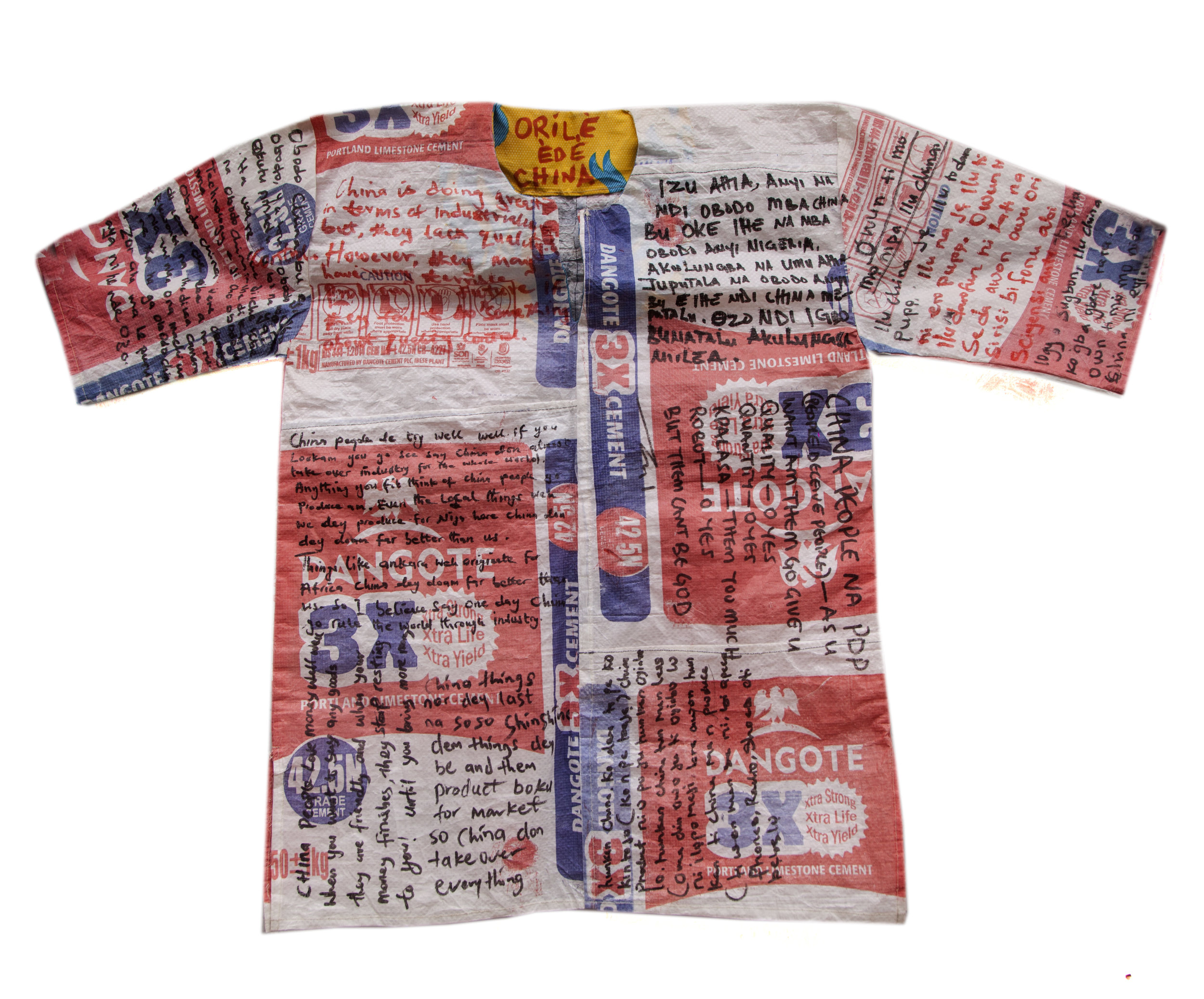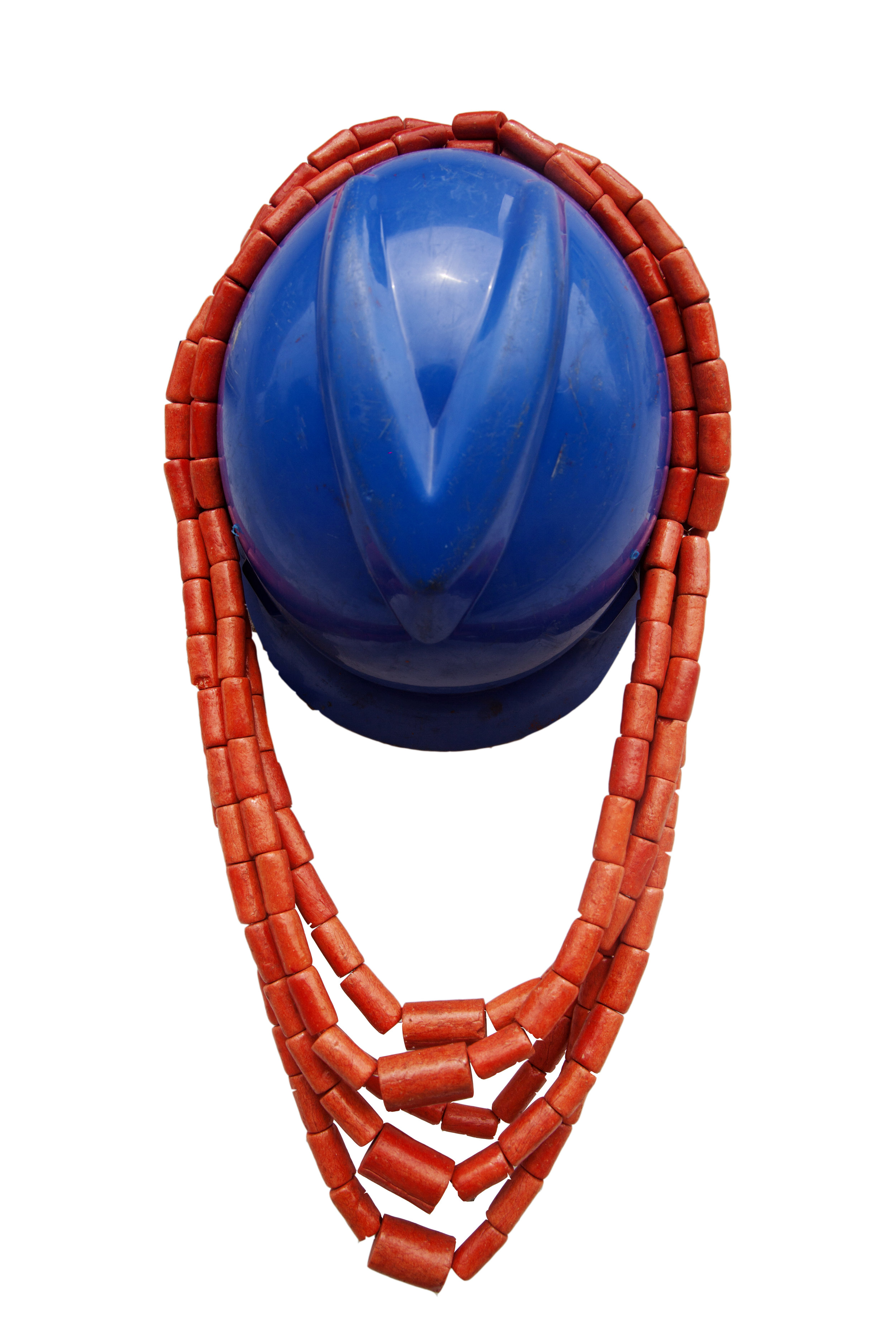


Chinafrika. under construction
Museum of Contemporary Art, Leipzig (Germany)
2 June - 24 September 2017
Is Africa under Chinese construction? From its projects across the continent, most prominently the AU headquarters in Addis-Ababa, a “gift” of China to the African people, to bridges, roads, railways, and other infrastructures. There is a new Chinese wall being built but it’s on African soil. Maybe the Chinese urgency to rebuild Africa is as a result of the European plundering, under-development and destruction of the continent or it’s borne out of the need to extend the growing Chinese influence around the world.
The point of entry in the African discuss is always trade. Just like the Europeans did some centuries earlier, starting with Portuguese trade relations, to the French, Germans, and British, which later metamorphosed into one of the darkest period in human history with slavery and mass looting of African treasures, personnel and resources. The current Chinese pilgrimage to Africa is held with skepticism in some quarters and one begins to wonder what their true intentions are.
This installation, titled “Win-Win”, a fusion of English and Chinese words, looks into the relationship between China and Africa. On one hand, the research project under the theme “China-Africa” buttresses the misrepresentation of the African continent in European narrative as a single entity and country while under more scrutiny, it sorts of re-affirms this thinking in the Chinese strategic approach to the continent.
Win-Win is my reaction to the China-Africa affair, the primary material in this work is the use of used cement sacks to create an Agbada, an outfit worn for special occasions by the Yorubas. The installation consists of both the Agbada and its inner outfit much like the traditional European suits. A number of discarded objects imported into Nigeria from china are used then stitched on the Agbada to highlight the Chinese encroachment into our identity, culture, lifestyle and national fabric.
While the Agbada doesn’t come with a belt, the introduction of this belt with the visible CCECC, acronym for the Chinese state construction company, inscription references how china is suffocating Africa in the guise of bilateral trades and/or memorandum of understanding. I proceeded by depositing 54 pieces of N5 notes which was divided into two and placed inside the big pockets on the Agbada, to illustrate the cheap or affordability tag appropriated to China.
The N5 note is the cheapest currency in Nigeria and I question the Chinese motives of offering “cheaper” and/or “better” option which often times lead to inferior outputs/delivery which in the long run lead to an expensive venture. The head is the most important part of the body in Yoruba culture and this is why the Fila complete the Agbada attire. For this work, the helmet represents the Fila which symbolize how the Chinese protect themselves as they appear to build Africa, a notion of them getting the better of the deal.
The inner dress for the Agbada on the other hand, contains texts by different Nigerian traders who have done business with the Chinese. The texts, mostly written in their local languages, depict the perception of these people in their dealings with the Chinese and also appropriate the communication difference between the Chinese and their host countries in Africa.
Where the Europeans scrambled for the continent with its “Partition of Africa” at the conference in Berlin, a new set of partition is ongoing with the current Chinese invasion of Africa’s resources and its people. And just as we now live under the impact of the European invasion of Africa, the next hundred years will reveal if this current relationship between Africa and China is a win-win one.